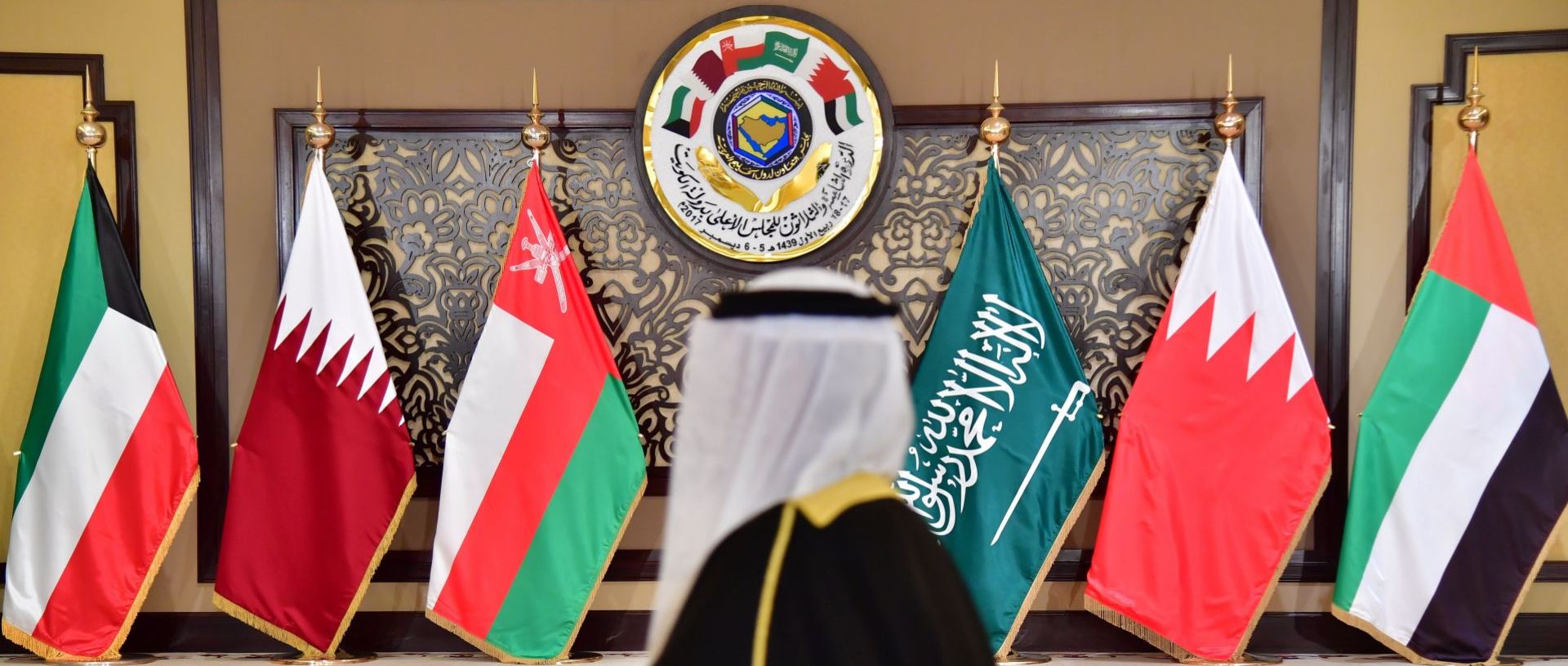Years after its destruction during the battle against Daesh, Mosul’s historic Al Hadba minaret has been restored using its original brickwork, marking a significant milestone in the city’s reconstruction efforts.
The “hunchback” minaret, part of the Al Nuri Mosque, was a symbol of Mosul’s rich history until it was reduced to rubble in June 2017. It was at this mosque that former Daesh leader Abu Bakr Al Baghdadi declared his so-called “caliphate” in 2014. During the battle to retake Mosul, Iraqi forces accused Daesh militants of planting explosives to destroy the site before their retreat.
Now, thanks to a five-year restoration project led by UNESCO, the minaret has risen once again.
A Symbol of Identity Restored
Abdullah Mahmoud, an official with Iraq’s Department of Antiquities, emphasized the cultural importance of the reconstruction. “Al Hadba is our identity, and by restoring it, the identity of the city has been reclaimed,” he said.
The new structure is an exact replica of the original, built using the same bricks and maintaining the distinctive 160-centimeter tilt that had earned the minaret its nickname. However, engineers have reinforced the foundation to prevent further leaning.
“The minaret’s body from the inside needed 96,000 new bricks,” Mahmoud explained. “But for the exterior, we used 26,000 old bricks” to preserve its historic authenticity.
The mosque itself has also undergone significant restoration, including the mihrab (prayer niche), which has been reconstructed with its original stones. However, much of the minbar (pulpit) was too damaged to be salvaged.
Rebuilding a City from the Ashes
The destruction of Mosul’s Old City was vast, with UNESCO removing more than 12,000 tonnes of rubble to restore key landmarks. This included the Al Tahira Church and Our Lady of the Hour Church, along with 124 heritage homes.
The Al Tahira Church, which dates back to 1862, has been reconstructed with its original arcades, embellished pillars, and stained-glass windows. During the process, workers discovered an underground cellar and large jars once used for wine, now preserved under a glass ceiling for visitors to view.
Maria Acetoso, a UNESCO senior project manager, reflected on the city’s transformation. “When I arrived here in 2019, Mosul looked like a ghost city. In five years, there has been a massive change.”
Hope for the Future Amid Lingering Scars
Despite the progress, Mosul still bears deep scars from the war. Many homes remain in ruins, and Christian residents who once formed part of the city’s diverse community have yet to return.
Mohammed Kassem, 59, who lost his home in the battle, acknowledged the city’s ongoing struggles. “Mosul still needs a great deal of work. It needs its former residents… the Christians to come back. This is their place.”
For others, the sight of the restored minaret brings renewed optimism. Saad Mohammed, 65, who runs a shop near the mosque, recalled how he once looked out his window to see the black Daesh flag flying from the minaret—only to later witness its complete destruction.
“Today, the minaret has risen again, alongside the mosque and the churches. Now we feel safe,” he said with a smile.
In the coming weeks, Iraqi authorities plan to officially inaugurate the restored landmarks, signaling a new chapter for Mosul’s resilience and rebirth.

